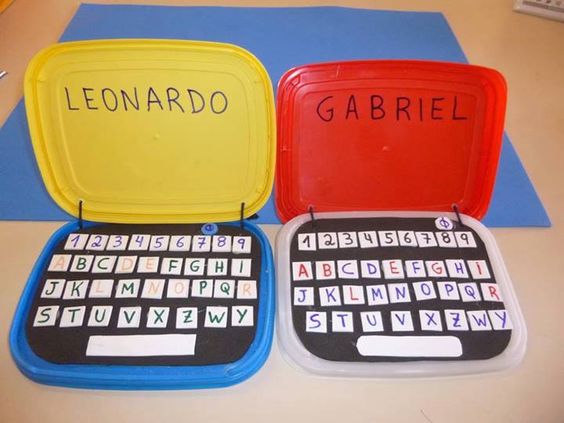For this mini-project, done on Facebook live, my team experimented with the concept of a third space to show a day in a life of a normal girl.
To describe the third space, I would say it is a combination of both the physical and virtual platforms; like a bridge that connects these two platforms, allowing for people to interact with one another, regardless of the physical distance between them. It challenges “the limitation imposed by physical boundaries (between countries and bodies)”. Likewise for our mini-project, we were tasked to create a video on Facebook live, one of the requirements being that we have to film in different locations.
Despite not being able to talk face-to-face to one another, the boundaries of the third space collapsed through the fact that we were able to get a real-time reactions from one another. For example, one side of the scene in the video shows the girl crumpling a piece of paper and throwing it over her shoulder.

On one side of the screen, we see a hand crumpling the paper before it moves up towards the camera and out of frame.

Consecutively, on the other side, we see the girl throw a paper ball over her shoulder. This shows that despite the boundaries of not being physically side by side, we were still able to synchronize our actions on the third space.
Furthermore, intimacy can be created through the third space by making the viewers and even the participants think that this platform is real. As stated by Randall Packer in his article The Third Space, “The third space is a fluid matrix of potentiality and realizable connections to the most far-reaching remoteness.” In this case, the similarity and coordination of our movements on each side of the live video created the illusion that both videos were taken in the same place of the same person, just from two different perspectives. Having to react in real-time during the feed also forms a sense of connection between us as participants in the video, although there was a significant amount of distance between us.
Aside from the crushed up paper being thrown over the shoulder, there is another scene where the girl reaches over to close her laptop.

While watching this portion again, I felt as though I was really closing the laptop by myself, when in actuality, there was nothing in front of me to even touch, and that Joey was the one who had the laptop in front of her. This is an example of how the third space fuses the real and virtual worlds together to create a platform that allows is to connect to one another, whether we are physically far apart or not. The real-time aspect of it further strengthens this illusion of realness by allowing us to see and hear things live and interact with one another simultaneously.


![]()


![]()




